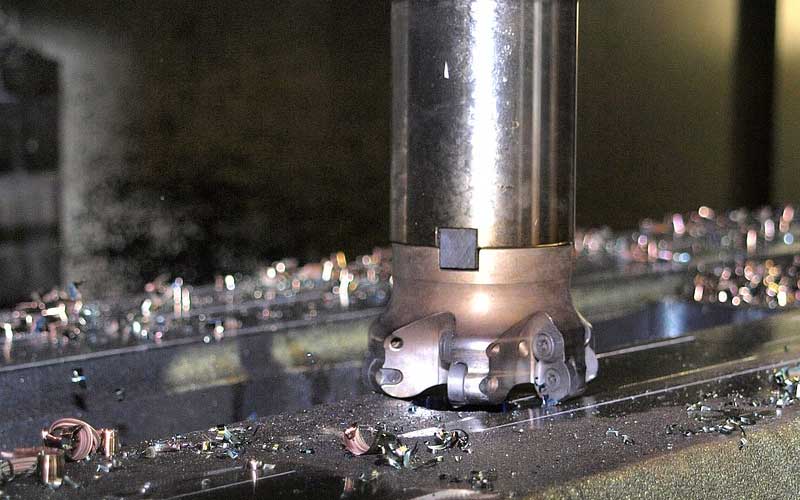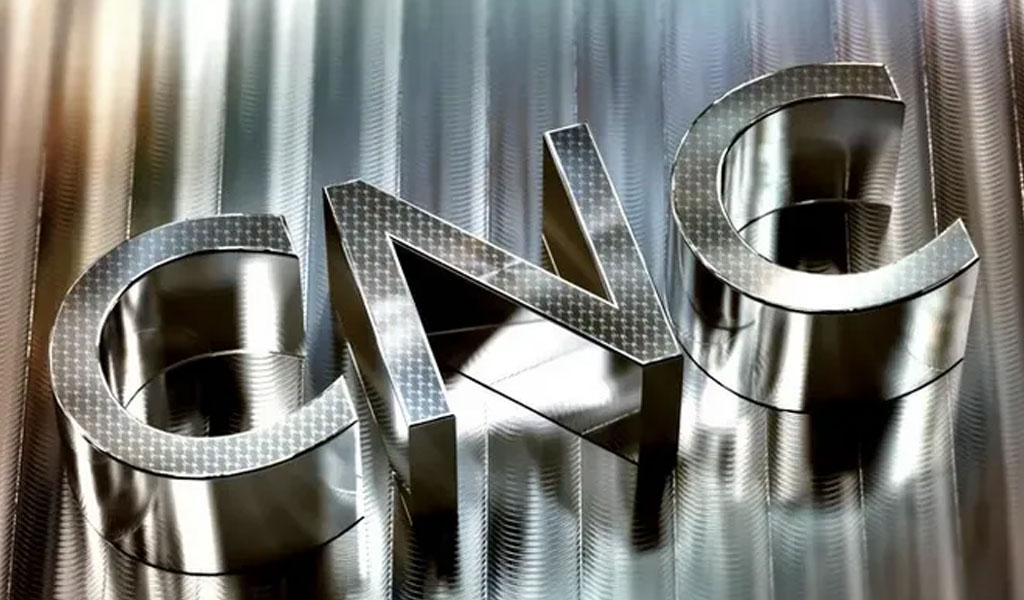- +86 152 1709 1354
- [email protected]
- Dongguan,China
- Blog


Nowadays, aluminum alloy die castings are more and more widely used in industrial production and daily life. It is understood that the electroplating of aluminum alloy die castings is affected by the special properties of aluminum and requires special pretreatments. These pretreatments Due to different aluminum materials and different parts, it needs to be adjusted, and general technology cannot be simply used.
The electroplating pretreatment of aluminum alloy die castings/aluminum alloy die castings includes four important processes: degreasing, acid etching, chemical plating or displacement plating, and pre-plating.
The key is chemical plating or displacement plating. Therefore, the tests that are often done are focused on this process.
Four common methods for electroplating of aluminum alloy die castings are as follows:
1. Phosphating aluminum
The effects of accelerators, fluoride, Mn2+, Ni2+, Zn2+, PO4; and Fe2+ on the phosphating process of aluminum were studied in detail by using SEM, XRD, potential-time curve, film weight change and other methods. Research shows that guanidine nitrate has the characteristics of good water solubility, low dosage and rapid film formation. It is an effective accelerator for aluminum phosphating: fluoride can promote film formation, increase film weight, and refine grain; Mn2+ and Ni2+ can be obvious Refine the grains to make the phosphating film uniform and compact and improve the appearance of the phosphating film; when the Zn2+ concentration is low, the film cannot be formed or the film formation is poor. As the Zn2+ concentration increases, the film weight increases and the O4 content increases the weight of the phosphate film The impact is greater, increase PO4. The content increases the weight of the phosphating film.
2. Alkaline electrolytic polishing process of aluminum
The alkaline polishing solution system was studied, and the effects of corrosion inhibitors, viscosity agents, etc. on the polishing effect were compared. An alkaline solution system with good polishing effects for zinc-aluminum die castings was successfully obtained, and for the first time, it was obtained that the operating temperature can be reduced. , Additives that extend the service life of the solution and improve the polishing effect at the same time. The experimental results show that adding appropriate additives to the NaOH solution can produce good polishing effects. Exploratory experiments also found that after DC constant voltage electrolytic polishing with glucose NaOH solution under certain conditions, the reflectivity of the aluminum surface can reach 90%, but due to the unstable factors in the experiment, further research is needed. The feasibility of using DC pulse electrolytic polishing method to polish aluminum under alkaline conditions is explored. The results show that the pulse electrolytic polishing method can achieve the leveling effect of DC constant voltage electrolytic polishing, but its leveling speed is slow.
3. Environmentally friendly chemical polishing for aluminum and aluminum alloys
It is determined to develop a new environmentally friendly chemical polishing technology based on phosphoric acid-sulfuric acid as the base fluid. This technology must achieve zero emission of NOx and overcome the quality defects of similar technologies in the past. The key to the new technology is to add some special compounds to the base fluid to replace nitric acid. For this reason, it is first necessary to analyze the three-acid chemical polishing process of aluminum parts, especially the role of nitric acid. The main function of nitric acid in aluminum chemical polishing is to inhibit pitting corrosion and improve polishing brightness. Combined with the chemical polishing test in simple phosphoric acid-sulphuric acid, it is believed that the special substances added to phosphoric acid-sulphuric acid should be able to inhibit pitting corrosion and slow down overall corrosion, and must have a better leveling and brightening effect.
4. Electrochemical surface strengthening treatment of aluminum and its alloys
The process, performance, morphology, composition and structure of the ceramic-like amorphous composite conversion coating formed by anodic oxidation and deposition of aluminum and its alloys in a neutral system are preliminarily discussed. Process research results show that in the Na_2WO_4 neutral mixing system, the concentration of film-forming accelerator is controlled to be 2.5-3.0g/l, the concentration of complexing film agent is 1.5-3.0g/l, and the concentration of Na_2WO_4 is 0.5-0.8g/l , The peak current density is 6-12A/dm-2, weak agitation, a complete, uniform, and good-gloss gray series inorganic non-metallic film can be obtained. The thickness of the film is 5-10μm, the microhardness is 300-540HV, and the corrosion resistance is excellent. The neutral system has good adaptability to aluminum alloys, and can form a good film on various series of aluminum alloys such as rust-proof aluminum and forged aluminum.
12 small experiences in CNC machining
At present, many domestic CNC machine tool operators are classified as follows: some operators are very familiar with mechanical processing, ...
Read More →
Selection of parting surface of die casting mold
In order to remove the blank from the die casting mold, the mold needs to be properly divided into several ...
Read More →
What is sheet metal?
Sheet metal is a metal product processing technology, and there is no complete definition of sheet metal so far.According to ...
Read More →
Where is the road to CNC machining development?
A few days ago, PTJ Engineering issued a document saying that it “processed CNC low-cost orders.” This will hurt yourself ...
Read More →
Skillful use of 4 types of CNC Machining technology
First, the undercut knife method Outer convex processingAs shown in FIG. 1, when the outer opening is projected outward, the ...
Read More →
Stainless steel UG crankshaft CNC machining technology
The crankshaft is the center of the internal combustion engine and the core of the engine. If the function cannot ...
Read More →
